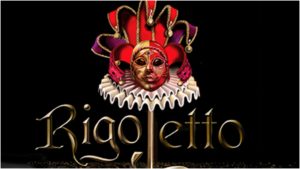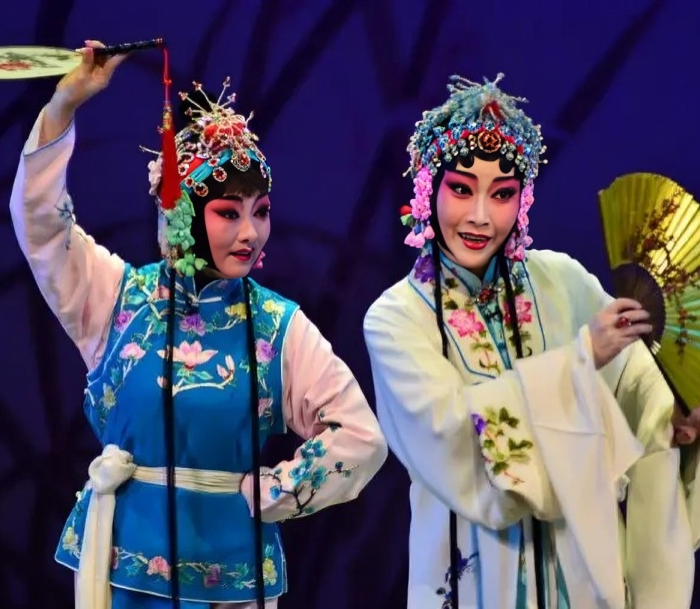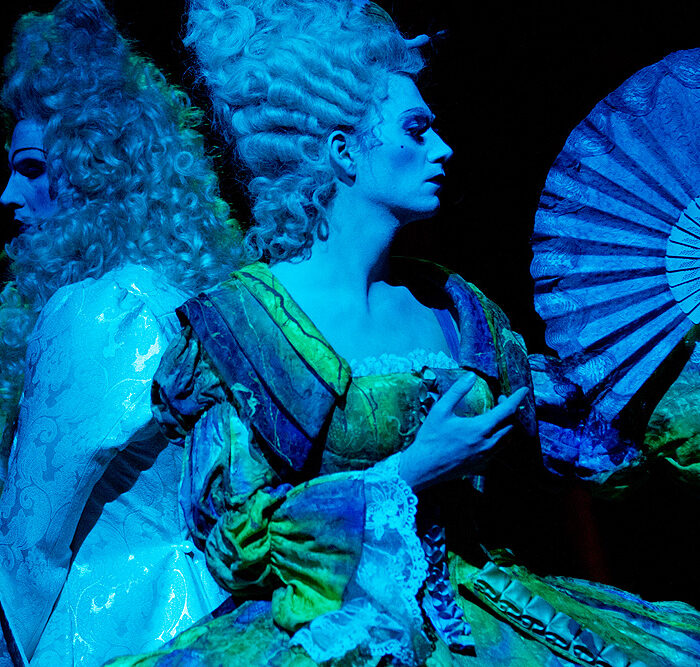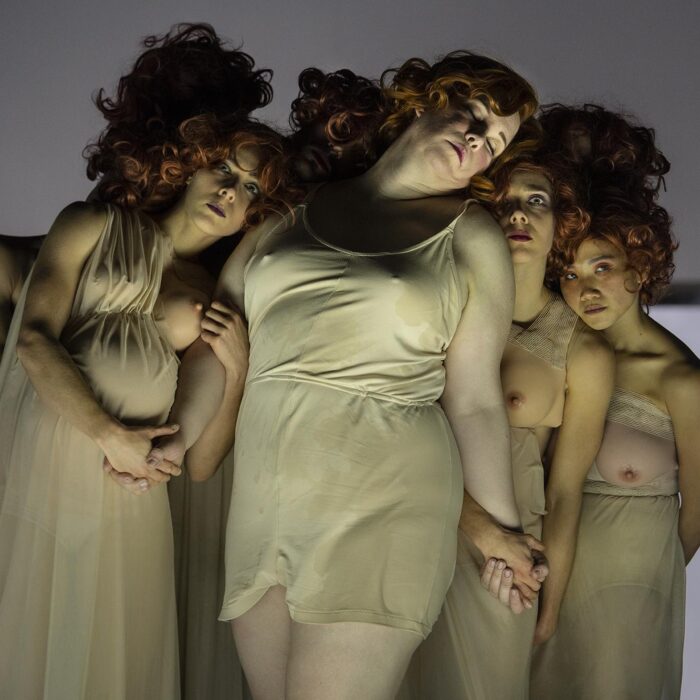
Opera Profile: Verdi’s Major Turning Point, ‘Rigoletto’
By Logan MartellPremiering on March 11, 1851, “Rigoletto” is one of Verdi’s most popular operas, opening with great acclaim which cemented its place in the operatic repertoire.
The libretto, written by Francesco Maria Piave, is adapted from Victor Hugo’s play “Le roi s’amuse,” which had been banned in France for its scandalous depiction of a womanizing monarch. Despite the many troubles posed by the Austrian Board of Censors, Verdi and Piave were able to receive approval for their work after changing the setting, the names of several characters, and changing the king to a duke of Mantua, so as to lessen the similarities many saw with King Francis I of France.
The work was in many ways a turning point for the composer, representing the start of his middle period. For many, “Rigoletto” is easily one of Verdi’s finest operas.
Short plot Summary
In his palace, the philandering Duke of Mantua, is deciding whether to pursue an unknown beautiful woman he has seen in church or seduce the Countess of Ceprano. When Rigoletto, the Duke’s hunchback jester, offhandedly remarks that the Duke should imprison Ceprano and take his wife for himself, he earns the wrath of Count Ceprano and the assembled courtiers. One of the guests reveals that Rigoletto has a mistress, and so they conspire to abduct her as punishment. Suddenly, the ball is joined by Count Monterone, furious that the Duke has seduced his daughter. Rigoletto makes fun of Monterone for being unable to stop him, and so when the Count is taken away by the Duke’s guards he curses Rigoletto for mocking a father’s anger. Rigoletto is soon taken with great fear due to believing the curse. On his way back home, the fearful Rigoletto is met by Sparafucile, an assassin-for-hire; he tells Sparafucile that he may call on him in the future. The hunchback finds similarity between the assassin, who kills with his sword, and himself, who causes suffering through his words. When he arrives home, Rigoletto is greeted by his daughter Gilda, who he has kept hidden from almost the entire city, allowing her only to go to church. Alone with her nurse Giovanna, Gilda confides that she has fallen in love with a man who she has seen at church. She wishes that the man were a poor student and the Duke, who has overheard Gilda’s confession, bursts in declaring to be exactly that. He convinces Gilda of his love but she is forced to send him away when she hears her father returning. On his way back, Rigoletto finds the other courtiers, masked and preparing to abduct the Countess Ceprano. Rigoletto joins in and the courtiers blindfold him, having him carry the ladder for them to climb into her room. When the deed is done and the courtiers abandon Rigoletto, he removes his blindfold to discover himself outside his own home, having helped to carry away his own daughter.
The Duke is upset that Gilda has been abducted, but this quickly changes when the courtiers present her to him as Rigoletto’s mistress. When Rigoletto comes to the palace looking for Gilda, the courtiers keep him out of the room where she is alone with the Duke. Not long after, Gilda enters and tells her father what has happened, causing Rigoletto to swear revenge. He employs Sparafucile, who uses his sister Maddalena to lure the Duke into their home so they can murder him. Outside, Rigoletto and Gilda watch as the Duke attempts to seduce Maddalena. Gilda is crushed to learn of his deceit. Her father readies to send her to Verona ahead of himself as he finishes his deal with Sparafucile. The Duke has fallen asleep while Maddalena, who has fallen for him, pleads with her brother not to kill him. Sparafucile relents only on the condition that he can find someone else whose corpse he can pass off as the Duke’s. Having overheard this, Gilda enters the home and offers herself to his sword so she can save the Duke’s life. Gilda is stabbed and wrapped in a sack received by Rigoletto in exchange for his money. As the jester readies to throw the body into the river, he hears the Duke singing. When he opens the sack, Rigoletto is horrified to find Gilda; she weakly murmurs her love for the Duke before dying of her wound. Rigoletto despairs in what the curse has taken from him.
Famous Musical Numbers
The most famous of passages from “Rigoletto” is the Duke’s aria “La donna e mobile” sung in Act three, during which he sings of women’s inconsistency while he woos Maddalena. Verdi himself took great care to keep this aria closely guarded before its premier, giving the score to tenor Raffaele Mirate on the condition that he kept it secret. As Verdi correctly suspected, “La donna e mobile” was quickly on the lips of almost everyone in Venice.
The work is also well-known for its Act three quartet, “Bella figlia dell’amore,” admired for Verdi’s ability to balance four differing emotions clearly throughout the musical numbers. The soprano’s “Caro nome” is also a major piece constantly performed outside of the context of the work.
Watch and Listen
Here is a film version of the work featuring Luciano Pavarotti, Ingvar Wixell, and Edita Gruberova.
Categories
Opera Wiki

